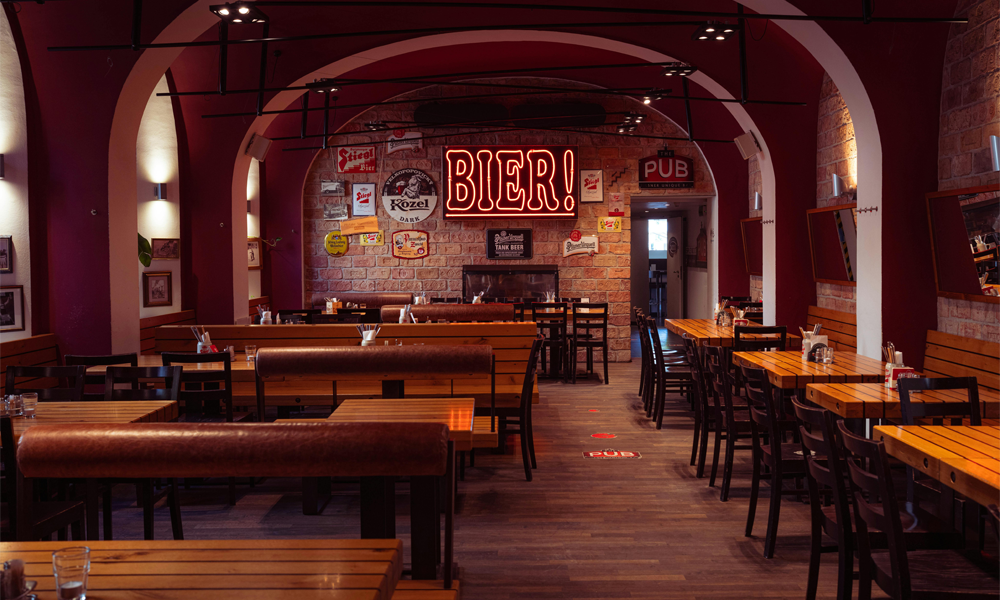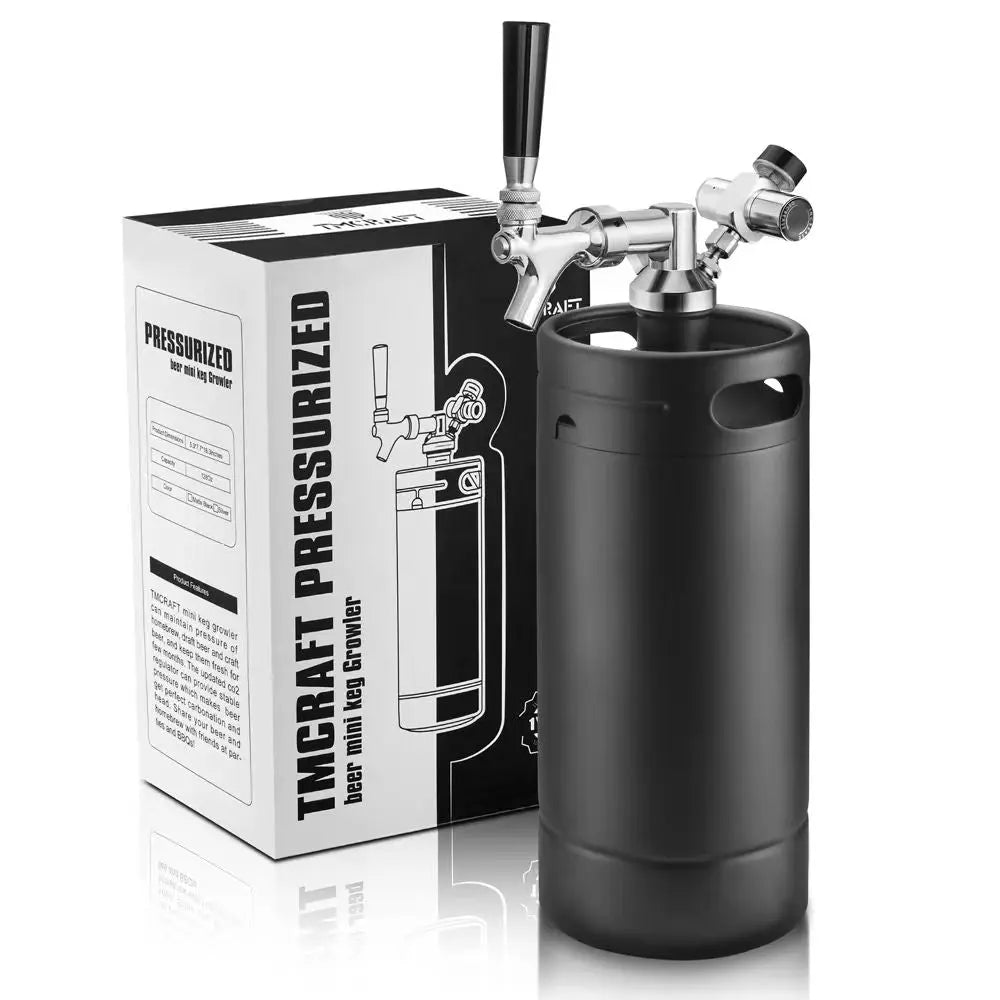
Pressure Perfect: How to Avoid Over-Carbonation in Your Ball Lock Keg System
Every homebrewer loves a crisp, bubbly pint—but there’s a fine line between perfect carbonation and a foamy, over-carbonated mess. If you’re using a ball lock keg as part of your homebrewing equipment, managing your CO₂ system properly is essential to keeping your pours consistent and enjoyable. The good news? Avoiding over-carbonation isn’t complicated. With the right kegging tips, you can dial in your system and keep your beer tasting fresh.
Here’s how to make sure your TMCRAFT Ball Lock Kegs deliver smooth, perfectly carbonated beer every time.
Why Over-Carbonation Happens
Over-carbonation usually comes down to too much pressure or leaving your beer on high CO₂ for too long. It can also happen if your beer wasn’t fully cooled before force carbonating, since colder beer absorbs gas more effectively. Knowing these triggers is the first step to avoiding wasted pints and messy pours.
Step 1: Set the Right Pressure
For most beer styles, the sweet spot is 10–12 PSI when serving. For carbonation, you might start slightly higher (12–15 PSI), but avoid leaving the keg hooked up at higher levels for extended periods. Always adjust for the style you’re brewing—light lagers and wheat beers may need more carbonation, while stouts and porters require less.
Step 2: Chill Before You Carbonate
Gas dissolves better in cold liquid. Make sure your keg is fully chilled (ideally around 38°F / 3°C) before carbonating. Trying to force carbonate warm beer will almost always lead to over-foaming once it cools.
Step 3: Try the “Set and Forget” Method
Instead of blasting your keg with high pressure for quick carbonation, use the set and forget method: connect your keg to CO₂ at serving pressure and leave it for 5–7 days. It takes patience, but you’ll get even, stable carbonation without the risk of going overboard.
Step 4: Vent Excess Pressure if Needed
If your keg is already over-carbonated, don’t panic. Simply disconnect the CO₂ and pull the pressure relief valve a few times a day until it levels out. This “burping” process releases extra gas and helps rebalance your system.
Step 5: Check Your Lines & Length
Even if carbonation levels are right, short or narrow beer lines can cause excessive foam. A proper draft setup with balanced line length helps ensure that your pours stay smooth.
Final Pour
Over-carbonation can turn great beer into a headache, but with the right balance of CO₂ system management and kegging best practices, it’s easy to avoid. Whether you’re dialing in your first system or fine-tuning your latest batch, TMCRAFT Ball Lock Kegs make it simple to maintain perfect pressure from fermenter to tap.
With the right setup, you’ll spend less time troubleshooting foam—and more time enjoying perfectly carbonated pints.

